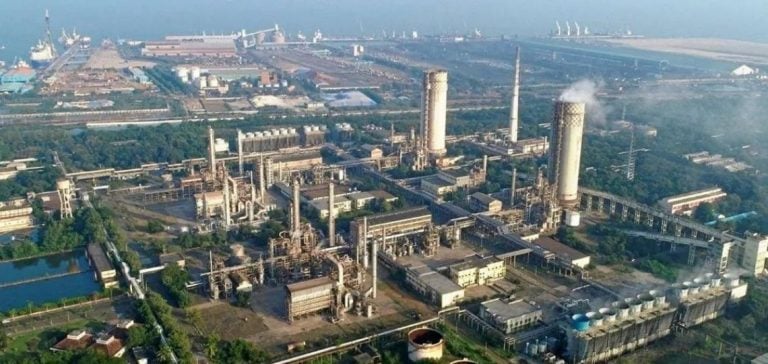RWE and AM Green Ammonia sign a Memorandum of Understanding to supply up to 250,000 tonnes per year of RFNBO-compliant ammonia from India. This strategic partnership comes at a time when demand for sustainable, low-carbon energy solutions continues to grow, both industrially and economically.
Green ammonia, produced by AM Green Ammonia, meets the European Union’s standards for renewable fuels of non-biological origin, as defined in the RED III directive.
This development marks a significant milestone in green ammonia supply for RWE, which expects deliveries from 2027 onwards.
The Memorandum of Understanding stipulates that RWE Supply & Trading will partner with AM Green Ammonia B.V. to secure a long-term supply of green ammonia, with an initial volume of 50,000 tonnes from the Kakinada site, followed by a further 200,000 tonnes from the Tuticorin site.
AMG’s facilities, powered entirely by carbon-free energy sources such as solar, wind and hydroelectric power, are designed to meet stringent RFNBO compliance requirements.
Pre-certification of the Kakinada site has already been obtained, while other facilities are in the process of certification.
A strategic partnership for decarbonization
This partnership between RWE and AM Green Ammonia is part of a broader drive to decarbonize industrial sectors.
Green ammonia is seen as a key energy carrier for the transition to sustainable energy systems.
By securing green ammonia capacity at an early stage, RWE is strengthening its position in the market for renewable energies and hydrogen derivatives.
RWE’s strategy aims to establish robust supply chains with partners on a global scale, which is essential to meet industry’s climate objectives.
Costas Papamantellos, Head of International Hydrogen Investments at RWE Supply & Trading, underlines the importance of this partnership: “RWE is committed to investing in hydrogen and its low-carbon derivatives to help industries meet their climate goals. To do this, we are building strong supply chains with partners worldwide.”
This statement highlights RWE’s commitment to playing an active role in the energy transition, by partnering with innovative players like AM Green.
Economic and environmental implications
The agreement between RWE and AM Green Ammonia has significant implications for the energy market.
By including green ammonia in its portfolio, RWE is responding to the growing demand from companies seeking to reduce their carbon footprint.
As a raw material, ammonia can be used in a variety of sectors, including fertilizer production, chemicals and even as an energy carrier for transport.
This versatility reinforces the appeal of green ammonia in decarbonization efforts.
Mahesh Kolli, President of AM Green Group, expresses his satisfaction with this partnership: “We are delighted to partner with RWE to drive the transformation of various industries and economies in the OECD. This agreement underlines AM Green’s ability to align itself with an innovative and flexible contractual structure, in line with commodity trading practices.”
This shared vision between the two companies underlines the importance of innovation and execution in the transition to sustainable energy solutions.
Future prospects
Deliveries of green ammonia are scheduled to begin in 2027, marking a significant step forward in the implementation of sustainable energy solutions.
Developing the necessary infrastructure to support this production and distribution will be crucial to the success of this initiative.
In addition, a subsequent purchase agreement between RWE and AM Green will detail the contractual arrangements, clarifying the commitments of both parties.
The agreement between RWE and AM Green Ammonia illustrates a growing trend towards strategic partnerships in the energy sector, where collaboration between companies is key to achieving common sustainability goals.
By integrating solutions such as green ammonia into their operations, companies can not only meet regulatory requirements, but also position themselves favorably in an increasingly competitive market.
The transition to low-carbon energies is not only an environmental necessity, but also an economic opportunity for industry players.






















